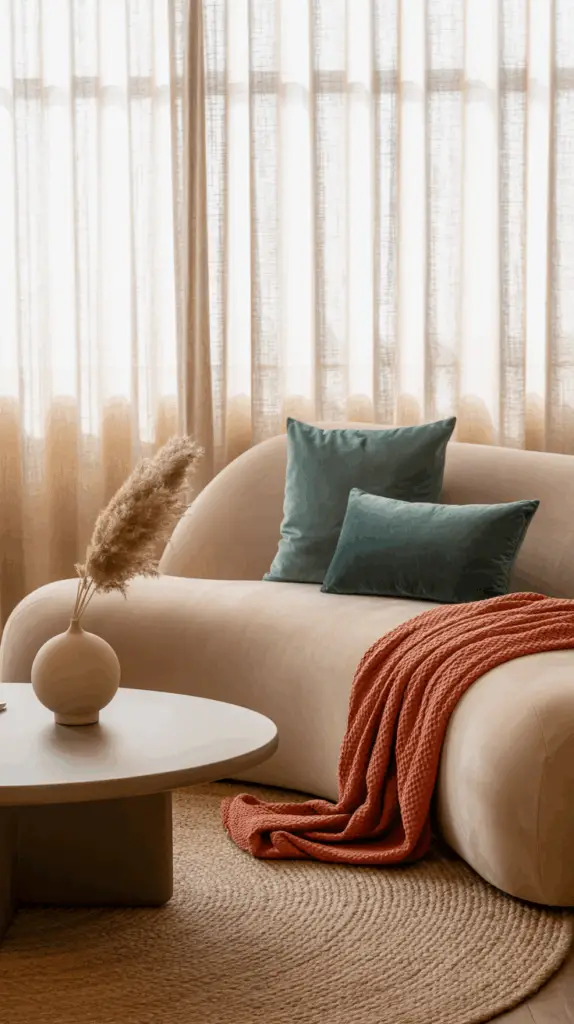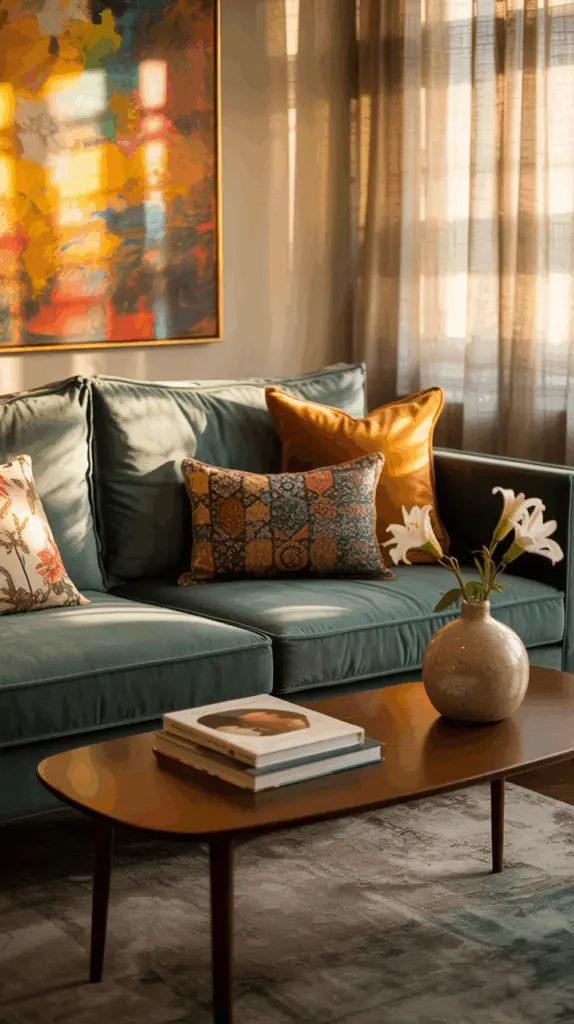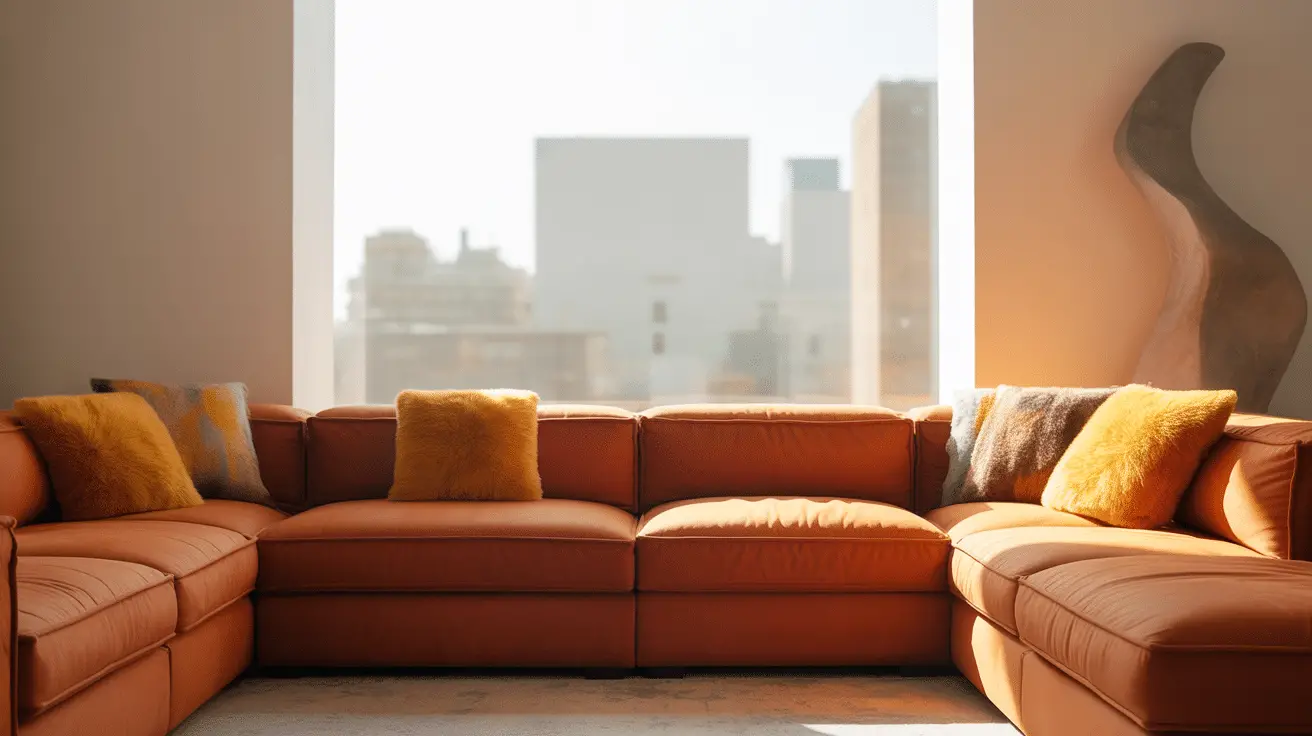How to Create a Colorful Room with Style and Function: A Practical Guide to Vibrant Home Decor
Table of Contents
Introduction
Color is one of the most powerful tools in interior design, capable of transforming a room from dull to dynamic in an instant. However, when it comes to creating a colorful room, many people face a dilemma: how can you infuse your space with bold, vibrant hues without overwhelming the room or compromising on functionality? The key lies in balancing color with practicality, creating a space that’s not only visually striking but also comfortable and functional.
Whether you’re drawn to rich jewel tones, soft pastels, or a more eclectic mix of shades, a colorful room can breathe new life into your home. But achieving the perfect balance between style and function can be tricky. You want to choose colors that reflect your personality and make a statement, but you also need to ensure that the room is practical for daily use.
In this guide, we’ll explore how to incorporate color into your room with style and function in mind. From choosing the right color palette to selecting furniture and accessories that work in harmony with your vibrant hues, you’ll learn how to create a space that is both beautiful and livable. Let’s dive into the exciting world of colorful home decor!
Understanding Color Psychology and Its Impact on Your Space
Before diving into how to use color in your room, it’s essential to understand how color affects mood and perception. Color psychology is the study of how colors influence our emotions, behavior, and overall environment. In the context of home decor, this knowledge can help you choose colors that not only look great but also create the atmosphere you desire in a room.
- Warm Colors: Shades like red, orange, and yellow are energizing and stimulating. These colors work well in spaces designed for socializing, like living rooms or kitchens, but they can feel overwhelming if overused. Pair them with neutral tones to create a balance.
- Cool Colors: Blues, greens, and purples are calming and serene, making them ideal for bedrooms or spaces meant for relaxation. They can also make a room feel larger and more spacious, which is great for smaller areas.
- Neutral Tones: Beige, gray, and white are versatile colors that provide a balanced backdrop for brighter hues. These tones work well as the foundation of a room and allow colorful accents to shine without competing for attention.
By understanding how colors influence the vibe of a room, you can select the right shades to create the mood you want, whether it’s calm and tranquil or lively and energizing.
Table: Color Psychology Breakdown
| Color Category | Emotional Impact | Best Room Uses |
| Warm Colors | Energizing, stimulating | Living rooms, kitchens, dining rooms |
| Cool Colors | Calming, relaxing | Bedrooms, bathrooms, home offices |
| Neutral Tones | Balanced, versatile | Foundation for any room, accent walls, trims |
Choosing the Right Color Palette for Your Room
Selecting a cohesive color palette is essential when designing a colorful room. Without a clear vision, too many clashing colors can create visual chaos rather than harmony. Here’s how to create a color palette that balances vibrancy with sophistication:
- Pick a Base Color: Start with a neutral or muted color as your base. This will serve as the foundation of your room’s design and help ground the space. Neutral tones like off-white, gray, or beige are perfect for this.
- Choose Accent Colors: Select two to three vibrant accent colors that complement your base color. These can be bold shades of blue, green, yellow, or even pink, depending on your style preferences. These colors will be used in your furniture, accessories, and artwork.
- Consider a Color Wheel: To ensure your colors work well together, use a color wheel to find complementary or analogous colors. Complementary colors are opposite each other on the wheel, like blue and orange, while analogous colors sit next to each other, such as green, blue, and teal.
- Add Texture and Patterns: Incorporating different textures and patterns can help make your color palette feel more dynamic. Use patterned throw pillows, rugs, or curtains that incorporate your accent colors to add depth and interest to the room.
By carefully selecting a color palette, you can create a vibrant, well-balanced space that feels intentional and cohesive.

Incorporating Color Through Furniture and Textiles
Furniture and textiles are one of the easiest ways to incorporate color into a room. Not only do they add vibrancy, but they also play a significant role in the functionality of the space. Here’s how to use furniture and textiles to create a colorful room that is both stylish and functional:
- Statement Furniture Pieces: If you’re not afraid of bold color, consider selecting a statement piece of furniture, like a brightly colored sofa, armchair, or dining chairs. Opt for deep, rich hues like emerald green, navy blue, or mustard yellow for a dramatic effect.
- Colorful Textiles: Rugs, throw pillows, blankets, and curtains are excellent ways to introduce color without committing to a large, permanent piece of furniture. These accessories can easily be swapped out seasonally or when you want to refresh the room’s look.
- Layering Textures: Incorporating different fabrics, such as velvet, linen, and wool, will not only add color but also create a cozy, inviting atmosphere. Mixing textures can elevate the visual appeal of your room, especially when using bold colors.
Remember, while it’s tempting to go all-in with color, it’s important to mix and match thoughtfully. Too much of one color can overwhelm the room, so balance it with neutral tones and varied textures.
Table: Tips for Incorporating Color through Furniture and Textiles
| Element | Color Suggestions | Tips for Use |
| Statement Furniture | Emerald green, navy blue, mustard yellow | Choose one bold piece to anchor the room |
| Colorful Textiles | Teal, coral, patterned prints | Mix and match pillows, throws, and rugs |
| Layering Textures | Velvet, linen, wool | Combine different textures for depth |
Lighting and Its Role in Enhancing Color
Lighting plays a crucial role in how colors appear in your room. Proper lighting can enhance your colorful decor, while poor lighting can make even the most vibrant colors seem dull or harsh. Here’s how to use lighting to enhance the colors in your space:
- Natural Light: If your room gets a lot of natural light, you’re in luck! Natural light enhances the vibrancy of bold colors and brings out their true tones. Maximize natural light by using sheer curtains or keeping windows unobstructed.
- Ambient Lighting: Soft, ambient lighting from ceiling fixtures or floor lamps creates a warm, inviting atmosphere. When selecting light fixtures, consider how their finish (brass, matte black, or chrome) complements your color palette.
- Accent Lighting: Use accent lighting, like table lamps or wall sconces, to highlight your colorful elements. This type of lighting works especially well with artwork, statement furniture, or unique decor pieces.
- Task Lighting: In spaces where function is key, such as kitchens or offices, task lighting is essential. Ensure you have adequate lighting for tasks while still allowing the color of the room to shine through.
Consider how the different types of lighting interact with your chosen colors to create the desired ambiance.

Balancing Function and Style in a Colorful Room
While color is important, functionality should always remain a priority in any room. A colorful room is not just about looks—it should also serve its intended purpose and meet the practical needs of the people who use it. Here’s how to maintain a balance between style and function:
- Practical Furniture: Choose furniture pieces that are comfortable and practical. For example, an upholstered sofa might add color, but it should also be supportive and durable for everyday use.
- Storage Solutions: Incorporating storage into your colorful room is essential to keep the space organized and functional. Consider stylish storage options like colorful baskets, shelving units, or ottomans with hidden compartments.
- Flexible Design: Consider your room’s layout and how easily you can rearrange furniture. Opt for multi-functional pieces that can serve more than one purpose, such as a coffee table that doubles as a storage unit or a sofa bed for guest rooms.
By combining both style and function, you can create a colorful space that is not only visually appealing but also practical and comfortable for daily living.
Table: Tips for Balancing Function and Style
| Aspect | Ideas for Functionality | Style Considerations |
| Furniture | Comfortable seating, durable pieces | Choose bold, vibrant furniture that balances comfort with design |
| Storage Solutions | Baskets, shelves, storage ottomans | Keep storage pieces colorful yet practical |
| Flexible Design | Multi-functional furniture | Create an adaptable layout for the space |
Conclusion
Creating a colorful room that blends style with function is an artful balance. With the right color palette, furniture, textiles, lighting, and practical considerations, you can design a space that feels both vibrant and inviting without sacrificing functionality. From energizing hues to soothing tones, every choice should reflect your personality while ensuring the room meets your everyday needs. With careful planning and thoughtful execution, you can transform any space into a colorful, stylish retreat that’s as practical as it is beautiful. Let your creativity flow, and enjoy the process of bringing your colorful room to life!

